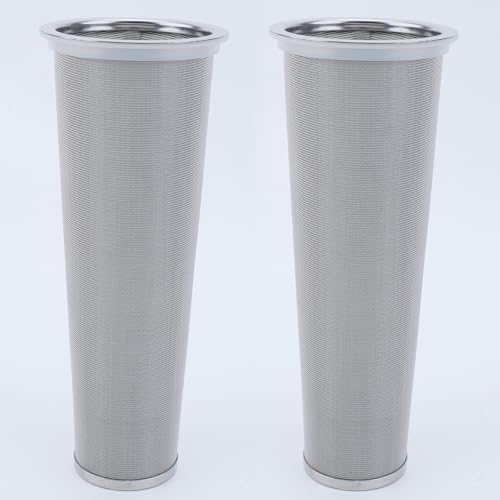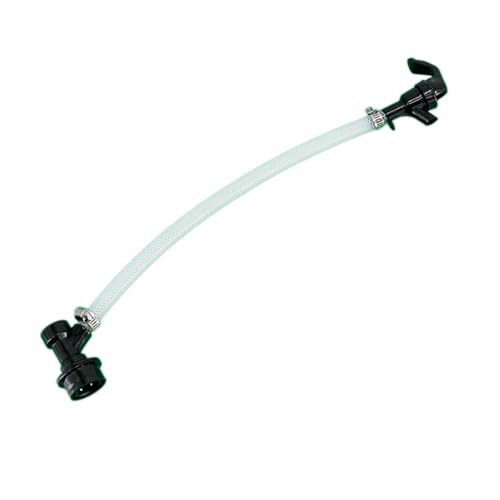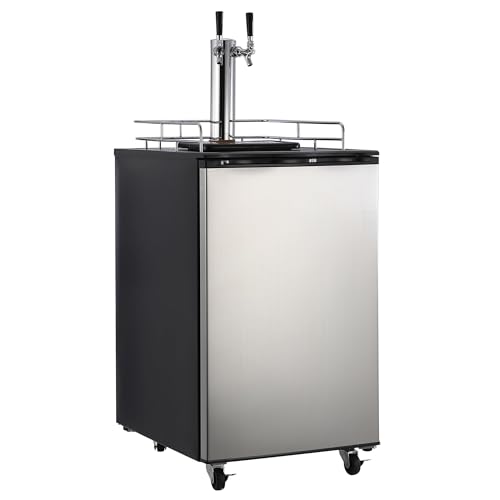I tried my hand at a version of Piraat Tripel Belgian Ale. The batch came in at a lower volume than expected and I had about forty-one 12 oz. bottles. I fermented with two smack packs of Wyeast Abbey Ale for 3 weeks in primary before bottling. Then I primed. Then I bottled. Then I reread the recipe, which told me to prime the beer with another dose of yeast. Oops.
Is this yeast cashed? The final gravity reading told me this beer finished 2% abv higher than expected (could be due to smaller than expected batch size).
Or, is there a chance. I know, it's "wait-and-see". When will I be able to tell if there is any chance I had some yeast left to carbonate this with?
Is this yeast cashed? The final gravity reading told me this beer finished 2% abv higher than expected (could be due to smaller than expected batch size).
Or, is there a chance. I know, it's "wait-and-see". When will I be able to tell if there is any chance I had some yeast left to carbonate this with?





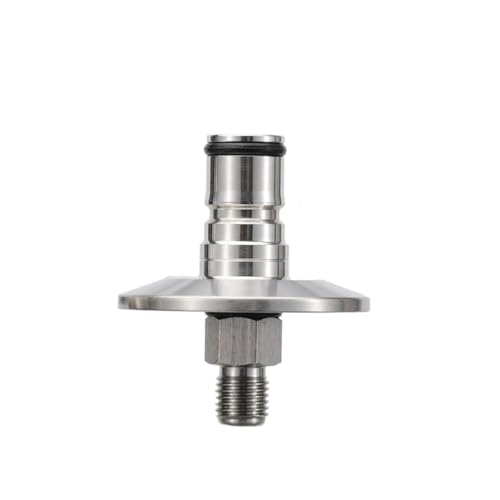


























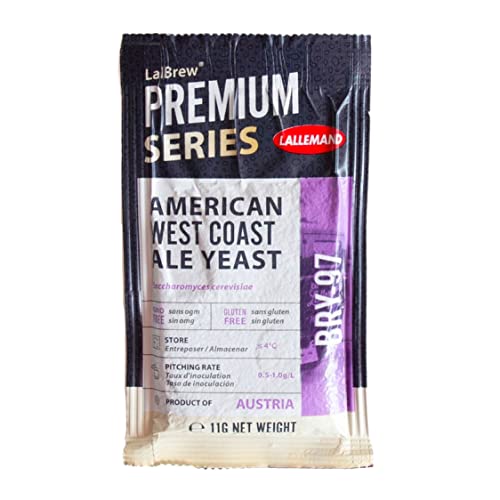
















![Craft A Brew - Safale S-04 Dry Yeast - Fermentis - English Ale Dry Yeast - For English and American Ales and Hard Apple Ciders - Ingredients for Home Brewing - Beer Making Supplies - [1 Pack]](https://m.media-amazon.com/images/I/417FujUfrWL._SL500_.jpg)


